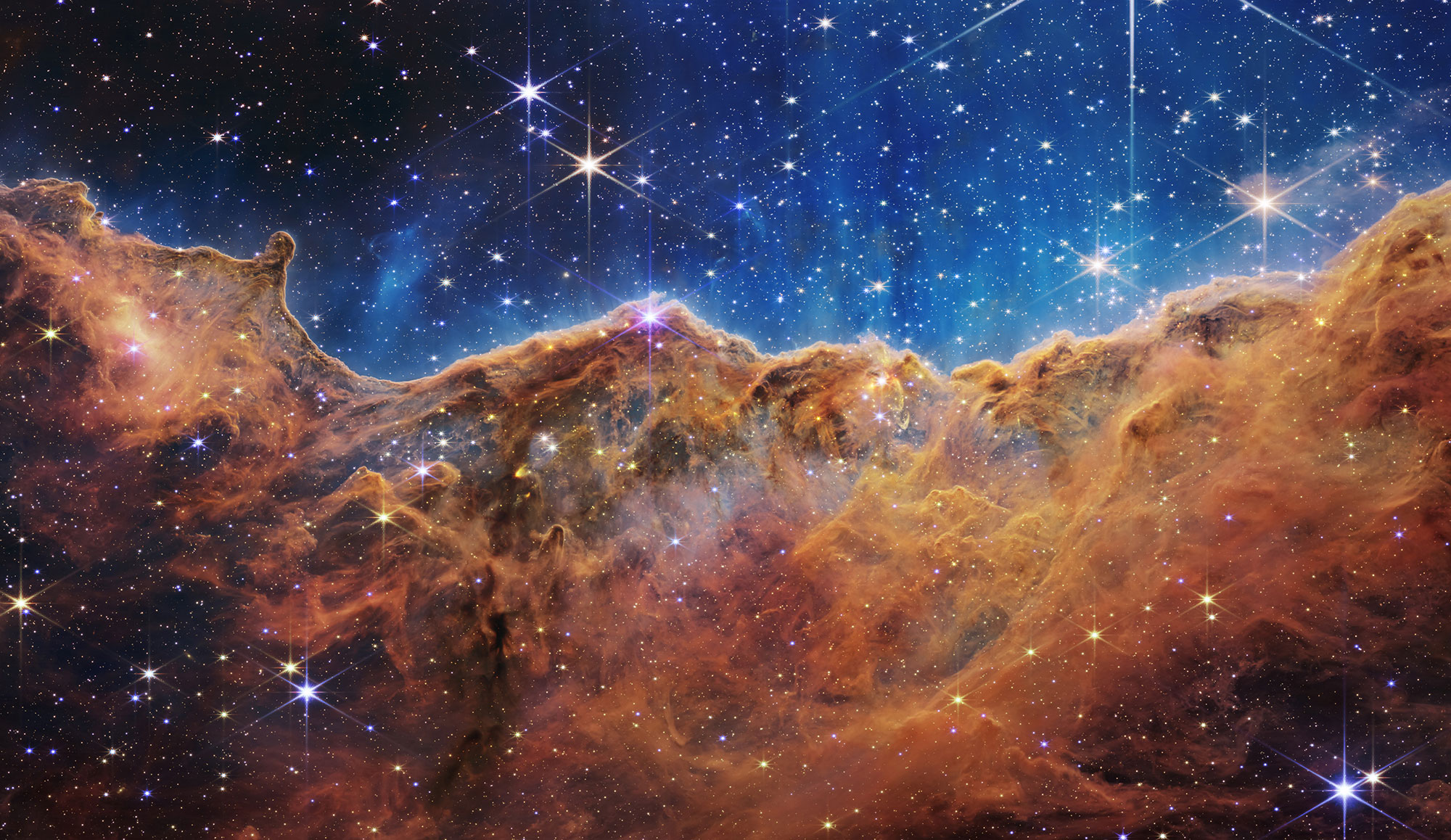
NASA and industry partners are working towards a future that sees aviation meet cleaner sustainability standards.
To that end, new designs for the airplanes of tomorrow, such as the Transonic Truss-Braced Wing (TTBW) concept shown in this image from 2021, are being tested by researchers and engineers. The TTBW is essentially a classic tube-and-wing passenger aircraft whose wings are extremely long and thin – so much that they need a little help to hold them up. By narrowing the thickness of the wings and extending their length, drag is reduced, and 5-10 percent less fuel is burned than comparable narrowbody aircraft. This image was created using data from a computational fluid dynamics simulation – essentially a virtual wind tunnel test. The red and orange areas represent higher drag, and the green and blue areas represent lower drag. Note the beautifully sleek green-blue color of the wings – the colors of Earth.




























